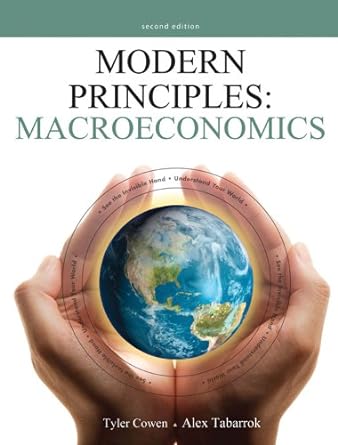1.Let's look at one well-known set of tests, to see if what you learned in thi chapter...
Question:
1.Let's look at one well-known set of tests, to see if what you learned in thi chapter matches the statistical evidence. Here are 17 variable that turned out to be very strong predictor of a nation's long-run economic performance in literally millions of statistical test (Source: Sala i-Martin, X., G. Doppelhofer, and R. Miller, Determinants of long-term economic growth:
A Bayesian averaging of classical estimates
(BACE). The American Economic Review, Vol. 94, No. 4 (Sep. 2004), pp. 813-835.) They are in rank order, and a "+" means more of that value was good for long-run productivity:
1. Whether a country is in East Asia ( +)
2. Level of K -6 schooling ( +)
3. Price of capital goods (- )
4. Fraction ofland close to the coast ( +)
5. Fraction of population close to the coast ( +)
6. Malaria prevalence (-)
7. Life expectancy ( +)
8. Fraction of population Confucian ( +)
9. Whether a country is in Africa (-)
10. Whether a country is in Latin America (-)
11. Fraction of GDP in mining industries ( +)
12. Whether a country was a Spanish colony (- )
13. Years open to relatively free trade ( +)
14. Fraction of population Muslim ( +)
15. Fraction of population Buddhist ( +)
16. Number oflanguages widely spoken (-)
17. Fraction of GDP spent on government purchases (-)
a. Which of the e factors sound like the
"three factors of production"? Which ones do they sound like?
b. Which of the e factors sound like the
"five key institutions"? Which ones do they sound like?
c. Which of the e factors sound like geography?
d. The western United State was a Spanish colony until 1849. On average, former Sp~nish colonies have had poor economic performance. Does the western United States fit that pattern? Why or why not?
Step by Step Answer:







